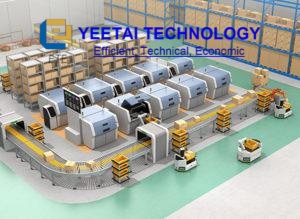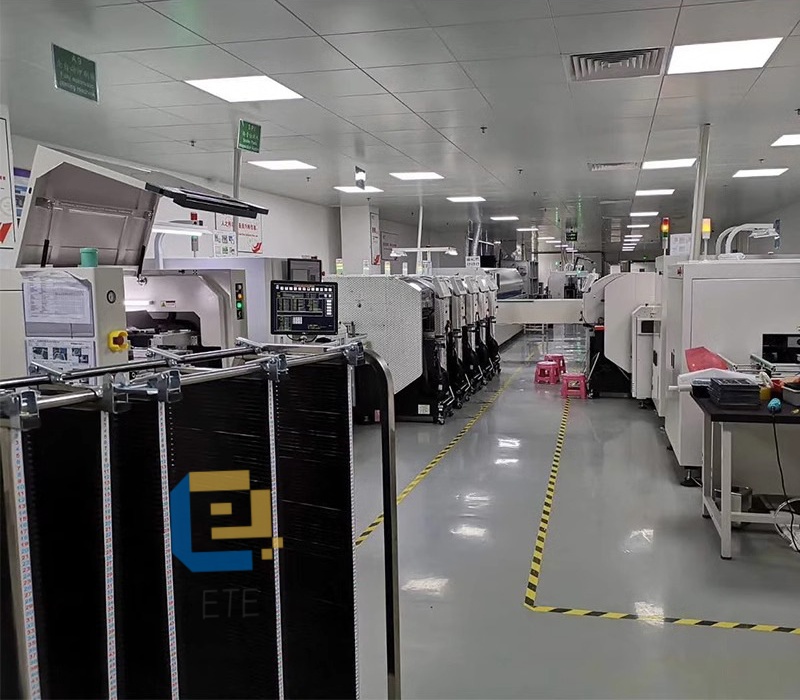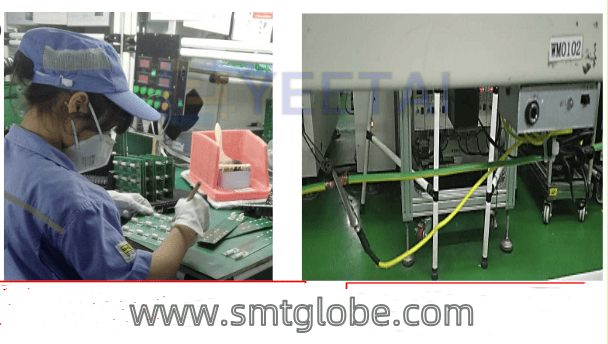Automated Guided Vehicles (AGVs) are becoming a cornerstone in the operations of Surface Mount Technology (SMT) factories. Their unique capabilities and the shifting landscape of manufacturing demands make them an increasingly popular choice for automating material transport.Know why AGV is popular in SMT factories.
1. Characteristics of Unmanned Transportation
AGV robots, managed by centralized control systems, facilitate the automatic transportation of materials to designated locations within an SMT factory. This automation significantly enhances logistics efficiency throughout the production process. By eliminating manual transport, AGVs streamline operations, reduce human error, and ensure timely delivery of components needed for assembly. As factories pursue higher efficiency and lower operational costs, the role of AGV robots becomes more critical.
2. Challenges in Workforce Recruitment
Another driving force behind the adoption of AGVs in SMT factories is the growing difficulty in recruiting skilled labor. Many manufacturing industries face a severe shortage of workers, compounded by rising labor costs and a declining workforce. This situation poses significant challenges to sustainable operations, prompting manufacturers to transition towards automation. AGV systems provide a cost-effective solution for automating logistics, demonstrating flexible adaptability while minimizing the need for human labor in transportation. As a result, AGV technology is increasingly implemented in automated manufacturing environments to enhance overall productivity.
3. Demand for AGVs Across Various Industries
An analysis of the AGV market in China reveals a concentration of demand among several key sectors, including industrial, home appliance manufacturing, and automotive industries. Notably, the largest demand for AGVs arises from e-commerce warehousing and logistics, tobacco, and the 3C electronics industry, which account for approximately 15%, 15%, and 13% of total demand, respectively.
The 3C electronics industry, in particular, is poised for significant growth in AGV deployment. With the rise of intelligent manufacturing, the need for mass customization and shorter production cycles has escalated, placing higher demands on logistics speed and efficiency. Consequently, the urgency for AGV systems within this sector has intensified.
4. Efficient Material Handling in the Electronics Sector
The application of laser-guided AGVs in the electronics industry shows impressive potential, primarily in material handling. AGVs are especially effective for high-load, long-distance, and high-frequency material transport tasks. Implementing these systems can notably improve warehouse capacity, picking efficiency, and accuracy, ultimately resulting in higher yields and economic benefits. The efficiency gains provided by AGVs are not only evident in their ability to handle large volumes of materials but also in their capacity to integrate seamlessly into existing operations, reducing downtime and enhancing productivity.
Conclusion
The increasing popularity of AGV robots in SMT factories underscores their essential role in modern manufacturing. By elevating logistics efficiency and addressing labor shortages, AGVs offer a viable pathway towards automation and enhanced operational effectiveness. As industries continue to adapt to evolving market demands, the adoption of AGV technology will likely expand, setting the stage for a more automated and efficient future in manufacturing.
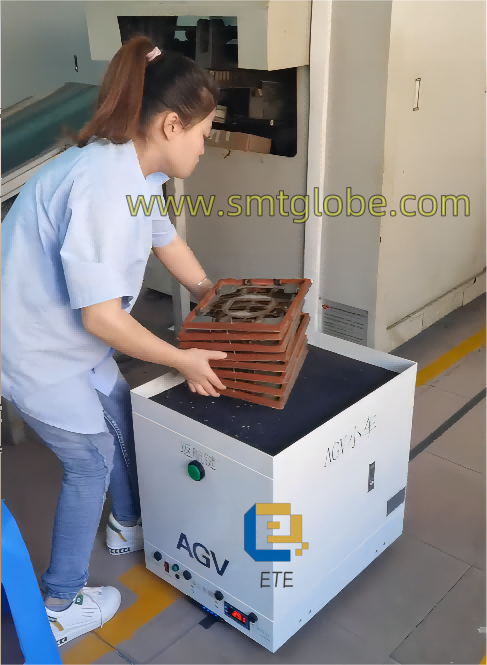
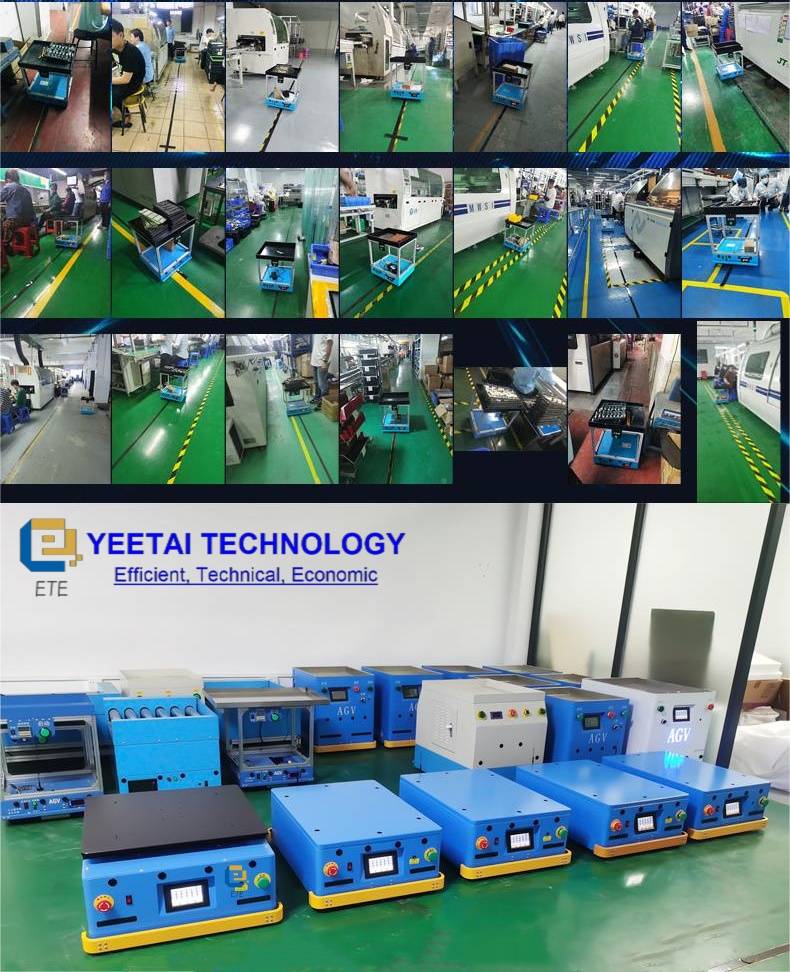
If you need any solutions, we are here to help.
Laser-guided SMT AGV Robot ETE-AGV-910A
SMT AGV Equipment for moving wave soldering pallet | ETE-AGV30-C
SMT Automatic Guided Vehicle ETE-AGV100-T
AGV for PCB moving | ETE-AGV100-L
Wave Soldering Pallet AGV | ETE-AGV60
